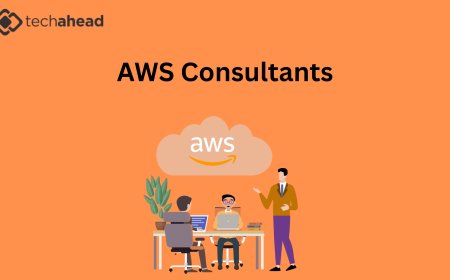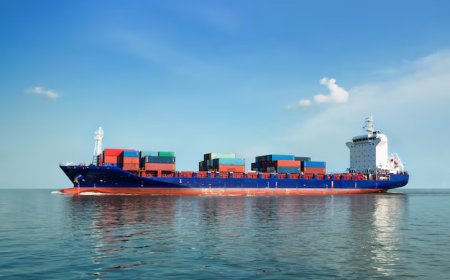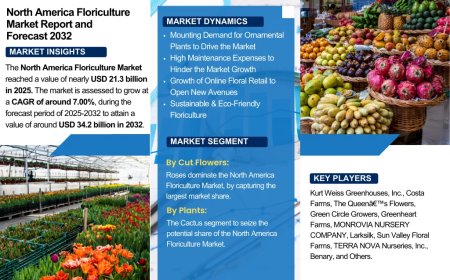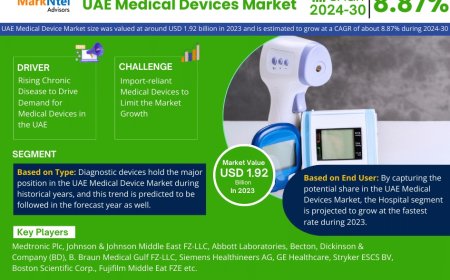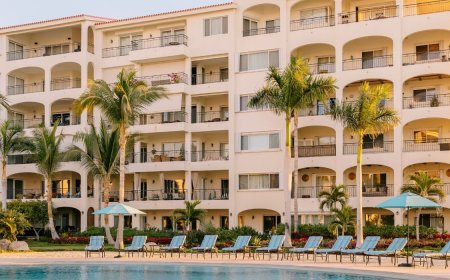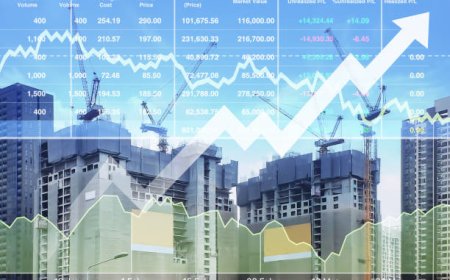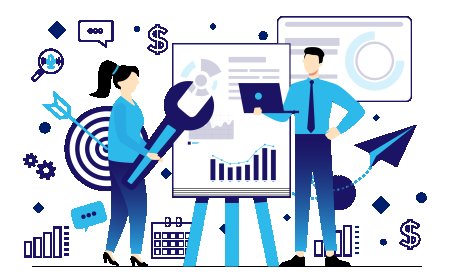How Sustainable Aquaculture Protects Marine Ecosystems

The health of our oceans is under increasing threatfrom overfishing, pollution, and habitat destruction to climate change. As global demand for seafood rises, we face an urgent question: How can we meet human needs without damaging fragile marine environments? The answer may lie inSustainable Aquaculturea responsible approach to seafood farming that prioritizes environmental balance, biodiversity, and long-term ocean health.
Unlike conventional aquaculture practices, which can sometimes contribute to pollution or the spread of invasive species, sustainable aquaculture is designed to work with nature, not against it. It involves carefully managing water quality, choosing the right species, and using innovative technology to reduce waste and environmental impact. This method of farming fish, shellfish, and aquatic plants not only provides food security but also offers real solutions for protecting marine ecosystems.
As a globally recognized environmental organization, Friend of the Sea supports and certifies sustainable aquaculture initiatives that meet strict environmental criteria. In this article, well explore how sustainable aquaculture benefits marine ecosystems, from reducing pressure on wild fish populations to promoting cleaner waters and more resilient coastal communities.
Reducing Pressure on Wild Fish Stocks
Overfishing has led to dramatic declines in many fish species across the globe. According to the FAO, over one-third of global fish stocks are exploited beyond sustainable levels. Sustainable aquaculture plays a crucial role in easing this burden on wild populations.
By farming fish in controlled environments, we reduce the need to harvest from the open sea. This helps fish populations recover, especially those threatened by decades of unsustainable practices. Moreover, responsible farms often breed species that grow quickly and efficiently on plant-based diets, further minimizing the reliance on wild-caught fish as feed.
In regions where traditional fishing is a cultural and economic backbone, aquaculture offers a complementary solutionhelping communities preserve marine biodiversity while maintaining livelihoods. When implemented properly, sustainable aquaculture gives oceans the breathing room they desperately need to heal.
Improving Water Quality and Ecosystem Health
One common concern with aquaculture is pollution, especially when waste from fish farms is not managed properly. However, sustainable aquaculture takes a proactive approach to water stewardship. By using closed-loop systems, recirculating aquaculture setups, or offshore pens with natural currents, waste can be minimized or repurposed.
Some species, like shellfish and seaweed, even improve water quality as they grow. Mussels and oysters, for example, filter and clean the water by removing excess nutrients and particles. Seaweed absorbs carbon and nitrogen, acting as a natural buffer against ocean acidification.
Sustainable aquaculture operations often monitor water parameters rigorously, ensuring that farming activities do not harm nearby ecosystems. By treating water as a shared resource rather than a dumping ground, this approach supports a healthier marine environment for all life forms.
Supporting Biodiversity Through Responsible Practices
Maintaining a balanced and diverse ecosystem is vital for ocean health. Unsustainable aquaculture can sometimes disrupt local species through escapees or disease. Sustainable aquaculture avoids these issues by implementing biosecurity measures and using native species in farming operations.
Many sustainable farms also follow polyculture methodsgrowing multiple species together in a way that mimics natural ecosystems. For example, shrimp might be raised alongside sea cucumbers and algae, which help clean the system and reduce disease outbreaks naturally. This integrated approach promotes biodiversity while also enhancing farm productivity.
In addition, sustainable certification bodies like Friend of the Sea require farms to avoid protected areas and maintain buffer zones, ensuring that sensitive marine habitats like coral reefs and mangroves are left undisturbed.
Reducing the Carbon Footprint of Seafood
The environmental cost of food isn't just about where it comes fromits also about how its produced. Wild fishing often involves fuel-intensive boats and long shipping routes. In contrast, local and sustainable aquaculture can offer a lower-carbon alternative, especially when farms use renewable energy or feed made from agricultural by-products.
Some innovative systems even capture and reuse waste heat or turn waste biomass into biogas. By keeping operations close to consumers and optimizing inputs, sustainable aquaculture helps reduce greenhouse gas emissions associated with food production.
This is especially important in a warming world where every action counts. Sustainable seafood choices help mitigate climate change while ensuring food remains available for future generations.
Empowering Coastal Communities and Economies
Marine ecosystems and human communities are deeply interconnected. Sustainable aquaculture doesnt just help the environmentit also supports people. By creating jobs in coastal areas, especially in developing nations, aquaculture offers economic alternatives to overfishing or harmful marine practices.
It also encourages knowledge-sharing, training, and education in marine stewardship. Farmers learn how to monitor environmental indicators, improve animal welfare, and manage resources wisely. This builds stronger, more resilient communities that care about the long-term health of the sea.
When local people become stewards of their marine resources, the benefits extend far beyond the farm. Ecosystems thrive, traditions are preserved, and the ocean becomes a source of both life and livelihood.
Promoting Innovation for Long-Term Sustainability
Sustainable aquaculture is not a fixed conceptits a continually evolving field driven by innovation. Researchers and practitioners are constantly developing better feeds, disease management strategies, and eco-friendly farm designs.
For instance, AI-powered monitoring systems can detect changes in water quality or fish behavior, allowing for real-time adjustments that prevent environmental damage. Meanwhile, plant-based or insect-based feeds are replacing fishmeal, making aquaculture more sustainable from the bottom up.
These technological advancements, paired with strong environmental ethics, are what push sustainable aquaculture beyond just being "less harmful"they make it a proactive force for marine conservation.
Conclusion:
Our oceans are vast, but not infinite. Protecting them requires more than reducing harmit means rethinking how we interact with marine life altogether. Sustainable aquaculture offers a way forward. It aligns food production with environmental care, balancing our needs with natures limits.
Whether youre a seafood lover, policymaker, or environmental advocate, supporting sustainable aquaculture can make a tangible difference. By choosing certified products, investing in responsible technologies, and spreading awareness, we can all contribute to healthier oceans.
Explore more about certified sustainable seafood initiatives and how you can get involved at Friend of the Sea. The ocean needs friendslets be one of them.



